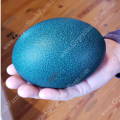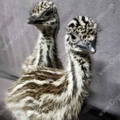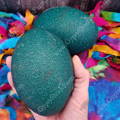
Subscribe
To join our mailing list and never miss an update!
Are you fascinated by the exotic world of emus and eager to experience the miracle of life firsthand? Incubating emu eggs can be a rewarding and educational experience.
Emus, native to Australia, are large flightless birds known for their distinctive appearance and fascinating behaviors. If you're ready to embark on the journey of hatching emu eggs, here's a step-by-step guide to help you through the process.
1. GATHER YOUR SUPPLIES
Before you begin incubating emu eggs, it's essential to gather all the necessary supplies. You will need:
1. An incubator: Choose a reliable egg incubator with temperature and humidity controls.
2. Fertile emu eggs: Obtain fresh, fertile emu eggs from a reputable source.
3. Thermometer and hygrometer: These tools will help you monitor the temperature and humidity levels inside the incubator.
4. Egg turner (optional): An egg turner automates the process of rotating the eggs, but it's not essential.
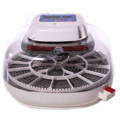
2. SET UP THE INCUBATOR
If you are not hatching emu eggs in a commercial cabinet incubator, you will need a tabletop model that has a dome lid large enough to accommodate an emu egg. The average emu egg weighs 650 grams so you need to make sure you can close the lid securely despite the large size of the egg.
Place the incubator in a suitable location away from direct sunlight and drafts. Set the temperature to 97.5 degrees Fahrenheit and humidity level at 35% for emu eggs. It's crucial to ensure stable conditions inside the incubator throughout the incubation period.
3. prepare the emu eggs
Inspect each egg for cracks or abnormalities, and discard any damaged ones. If you're using an egg turner, place the eggs inside the incubator and secure them in the egg tray.
If not, position the eggs on their sides and mark one side of each egg with an "X" and the other side with an "O" using a pencil. This marking will help you rotate the eggs manually.
4. monitor temperature & humidity
Regular monitoring of the temperature and humidity levels inside the incubator is crucial for successful incubation. The stability of these conditions ensures the proper development of the emu embryos.
Use the thermometer and hygrometer provided with the incubator to check the temperature and humidity levels frequently, preferably at least twice a day.
Maintaining the temperature at 97.5 degrees Fahrenheit is essential. Fluctuations in temperature can adversely affect emu embryo development and hatchability.
If the temperature deviates from the desired range, adjust the settings of the incubator accordingly and observe the temperature closely to ensure it stabilizes.
Similarly, humidity levels play a vital role in the incubation process. Emu eggs require a humidity level of approximately 35 percent for successful development. Proper humidity prevents the eggs from drying out and helps the embryos develop properly within the egg. Use the hygrometer to monitor humidity levels and make adjustments to the incubator's settings as needed to maintain the desired humidity range.
Humidity inside the incubator is regulated by the amount of surface area the water has, not how much water is in the reservoir. If your humidity level is too high, try covering a portion of the reservoir with plastic wrap, controlling evaporation.
Likewise, if the humidity in your incubator is too low, add a sponge to the water reservoir to increase evaporation surface area and raise humidity levels.
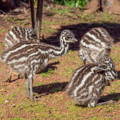
5. Monitor air flow circulation
6. Turn the Eggs
Trending Articles
7. Maintain optimal conditions
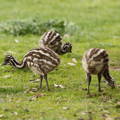
8. Prepare For Hatching
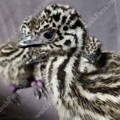
9. Welcome the Hatchlings
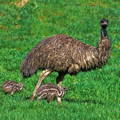
10. Caring For emu Chicks
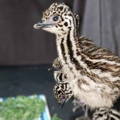
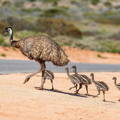
📌EMU HATCHING CHEAT SHEET
Trending Products
Copyright©2024 All rights reserved. We love to have you share our article as long as you include a direct link to this page. This article or any portion thereof , including all images, may not be reproduced or used in any manner whatsoever without the express written permission of Gypsy Shoals Farm.

